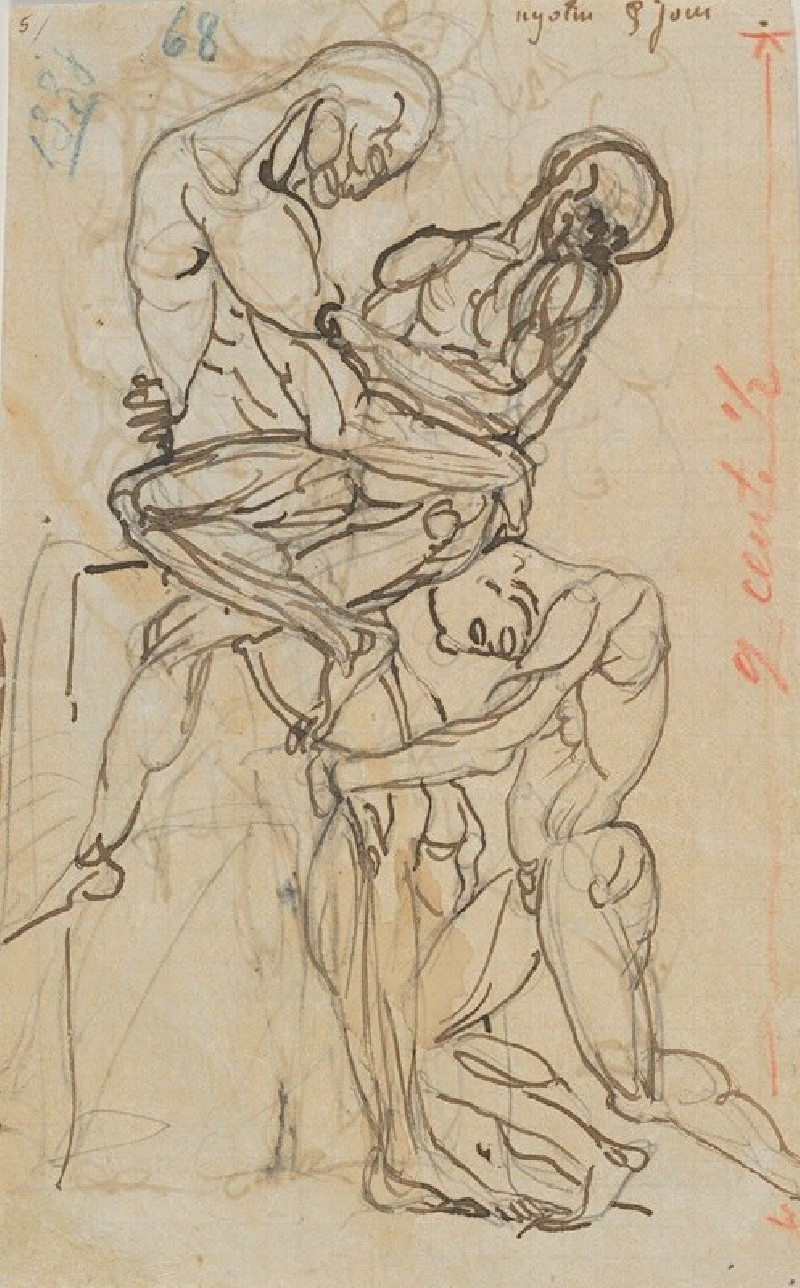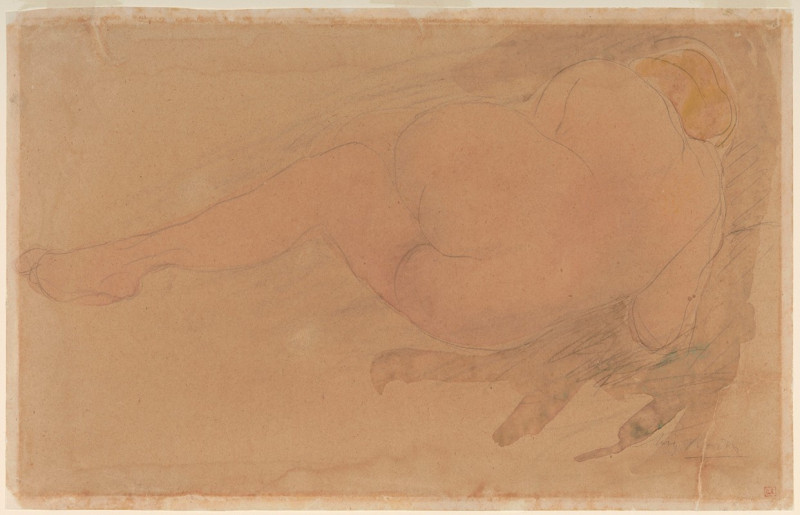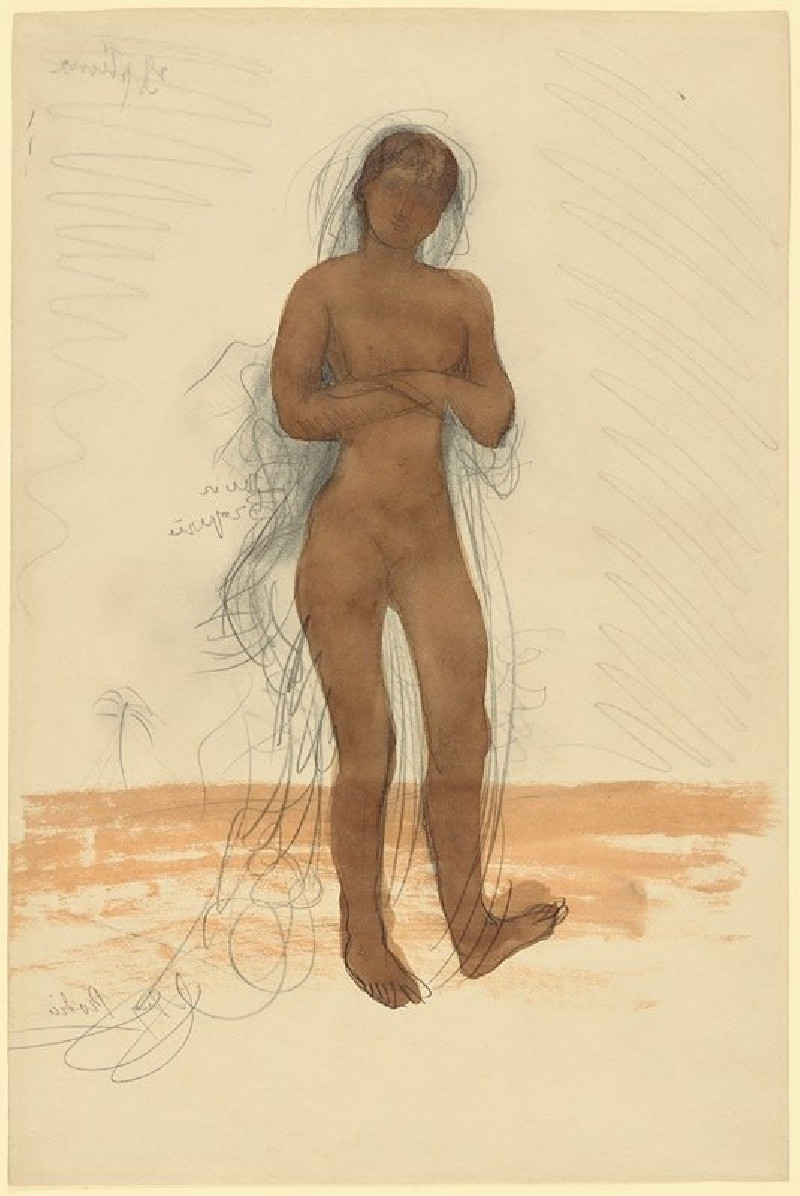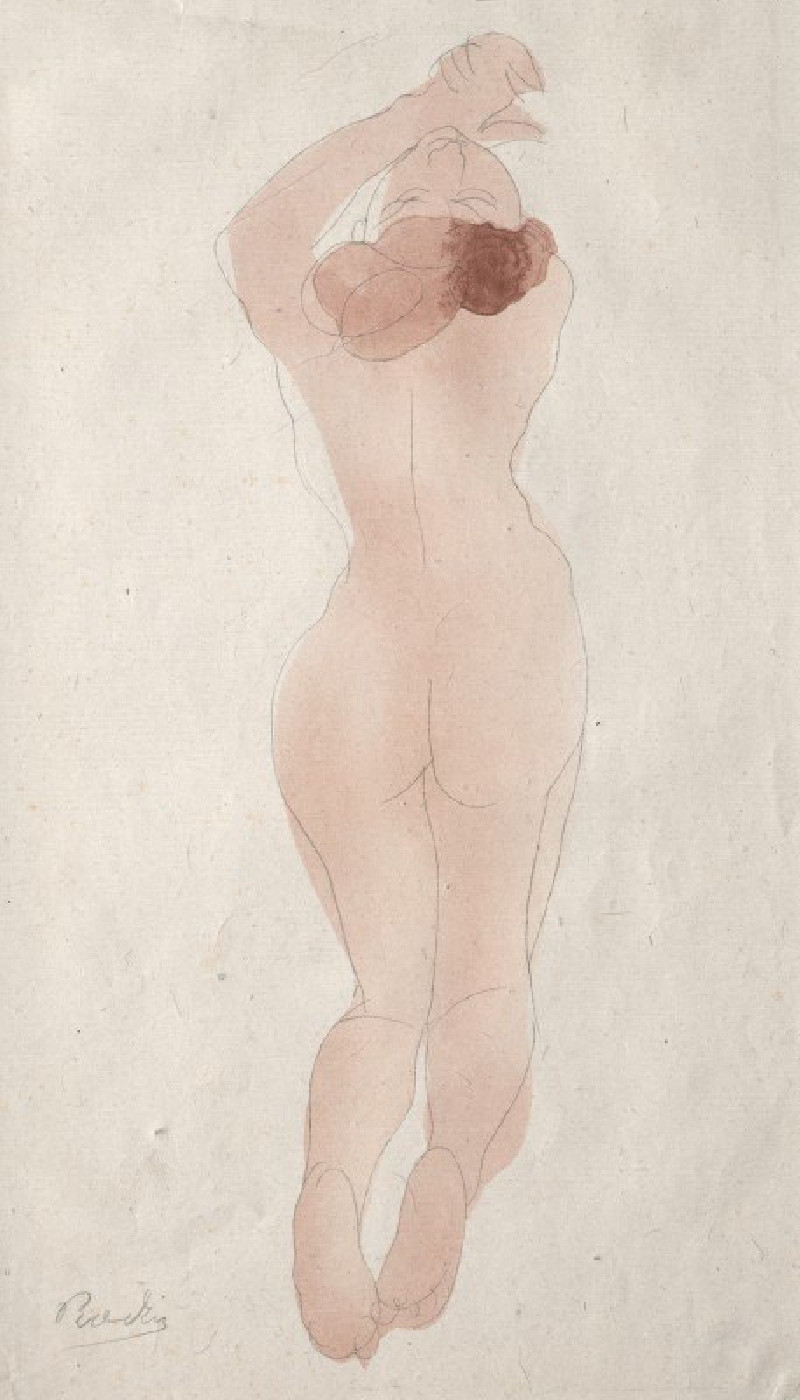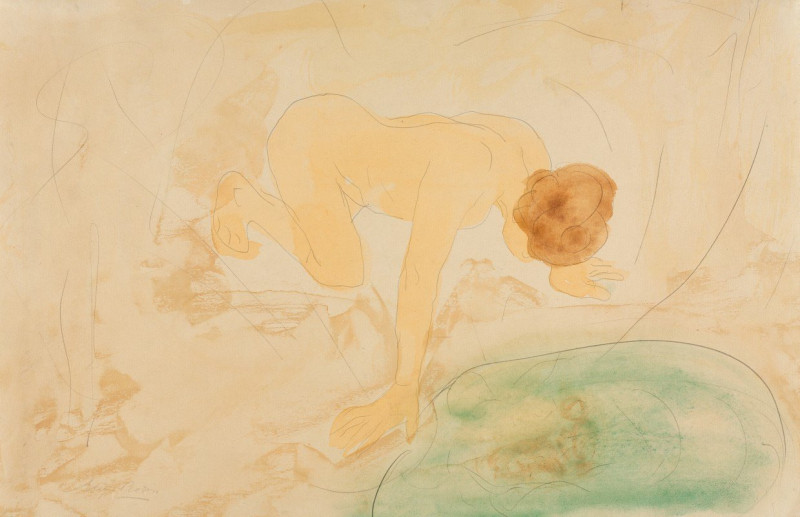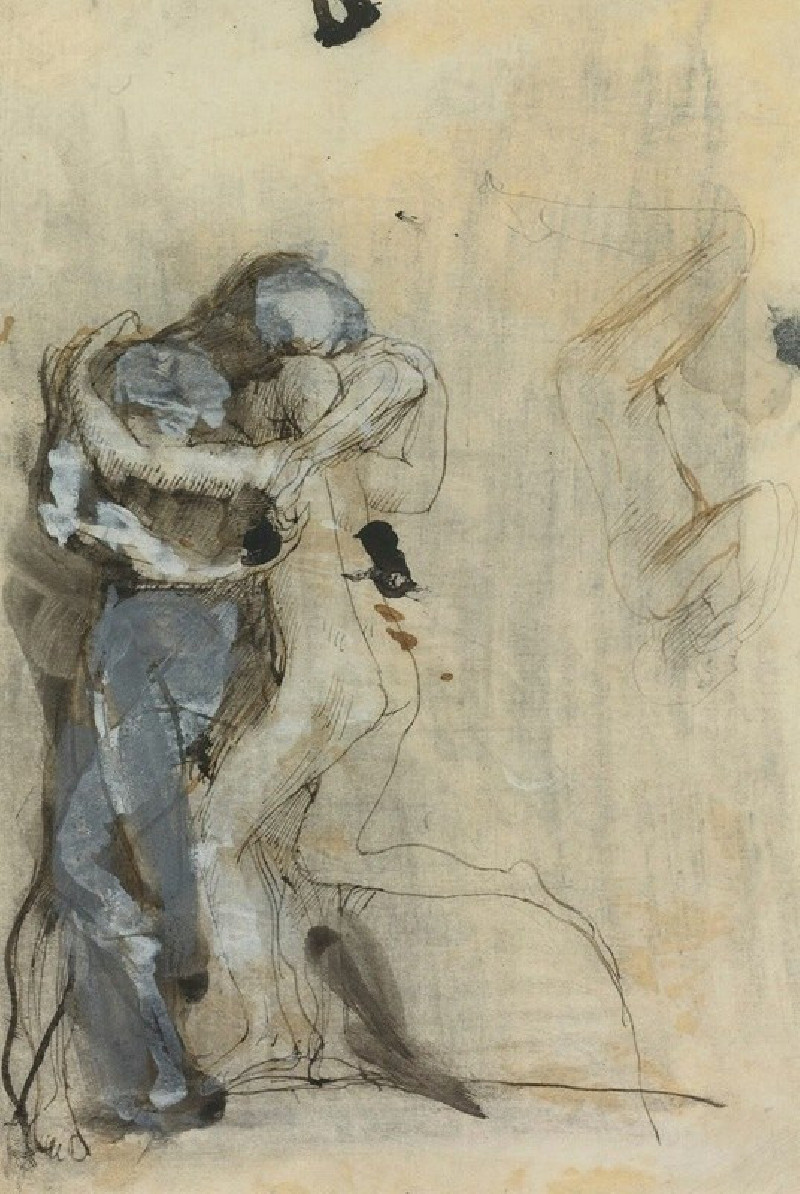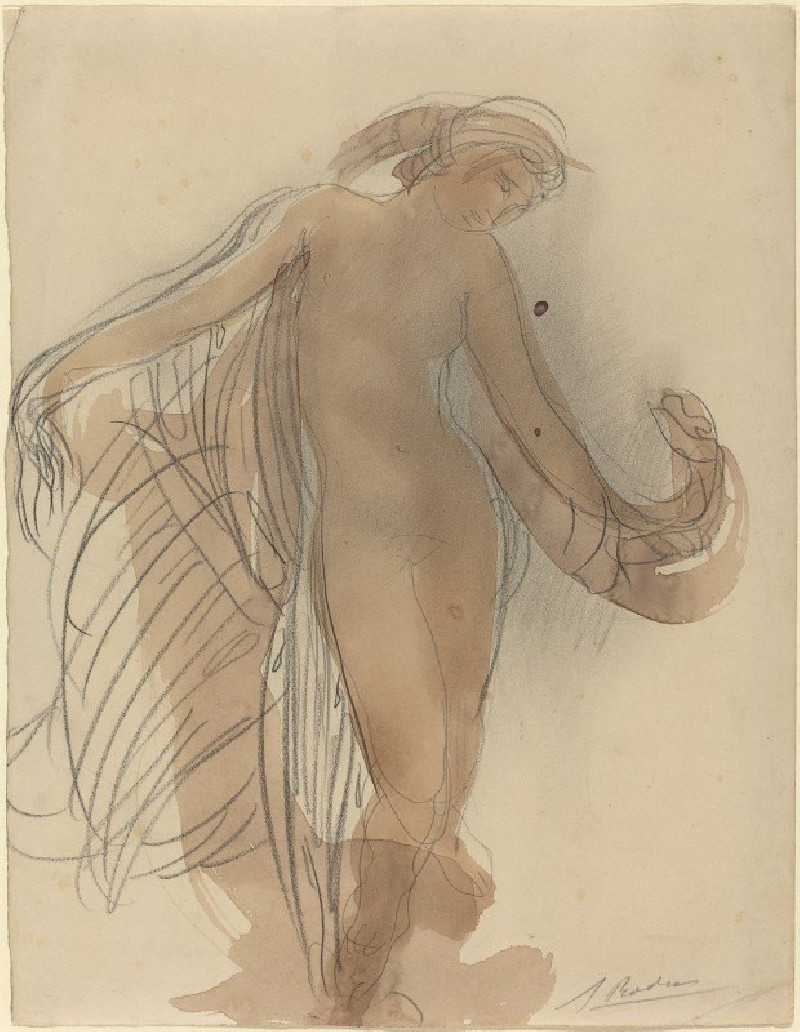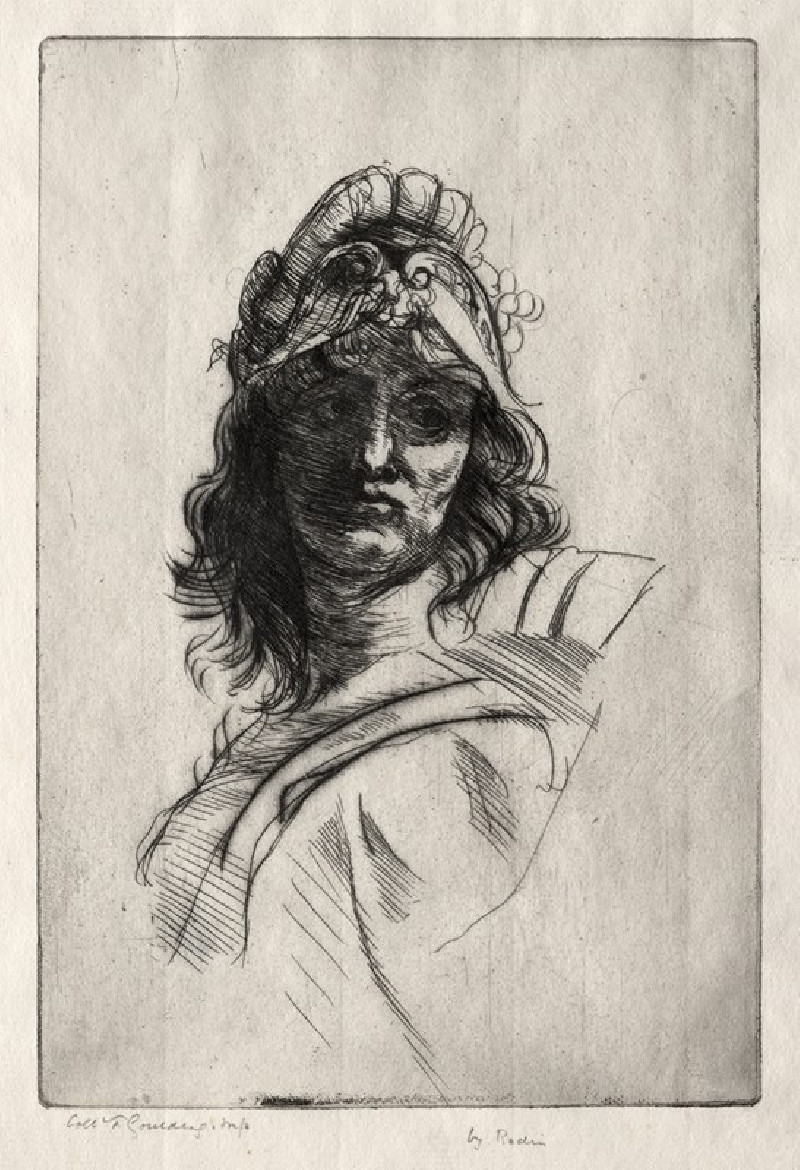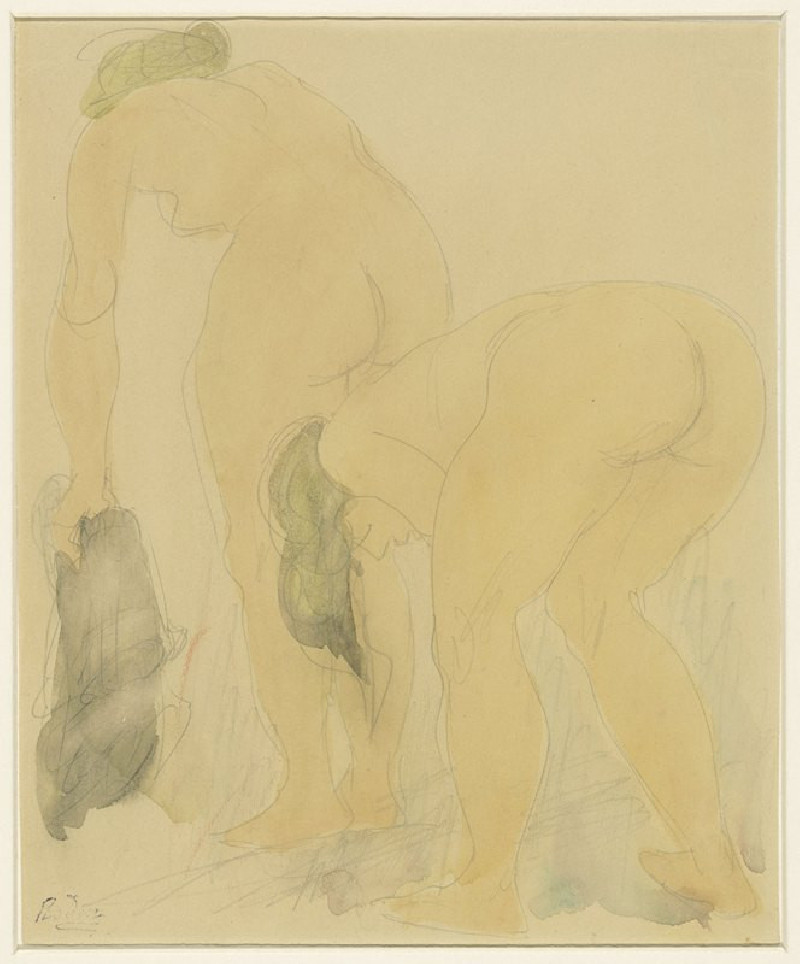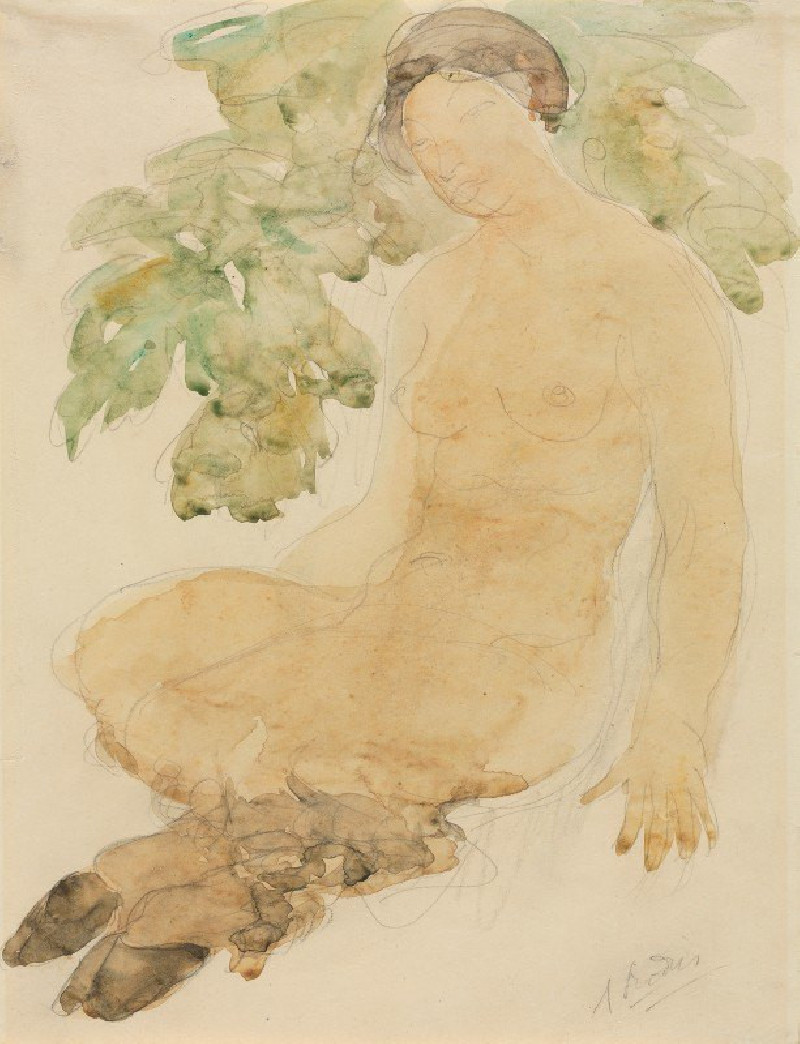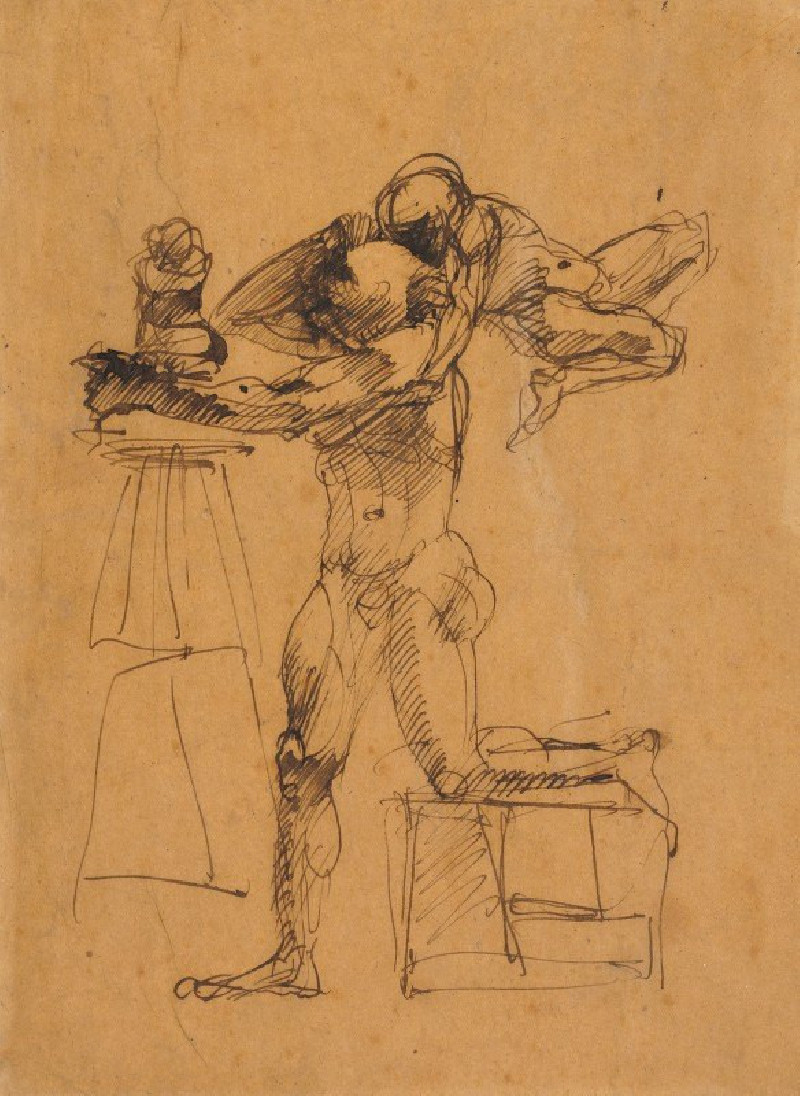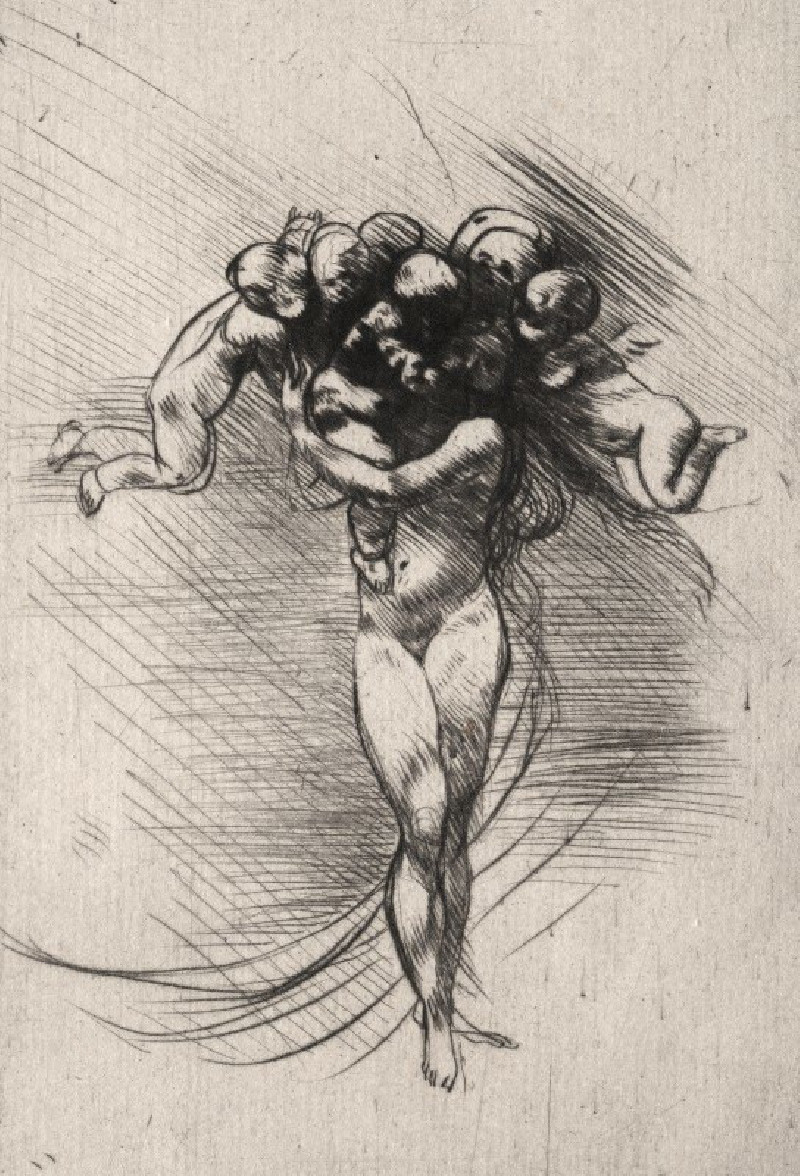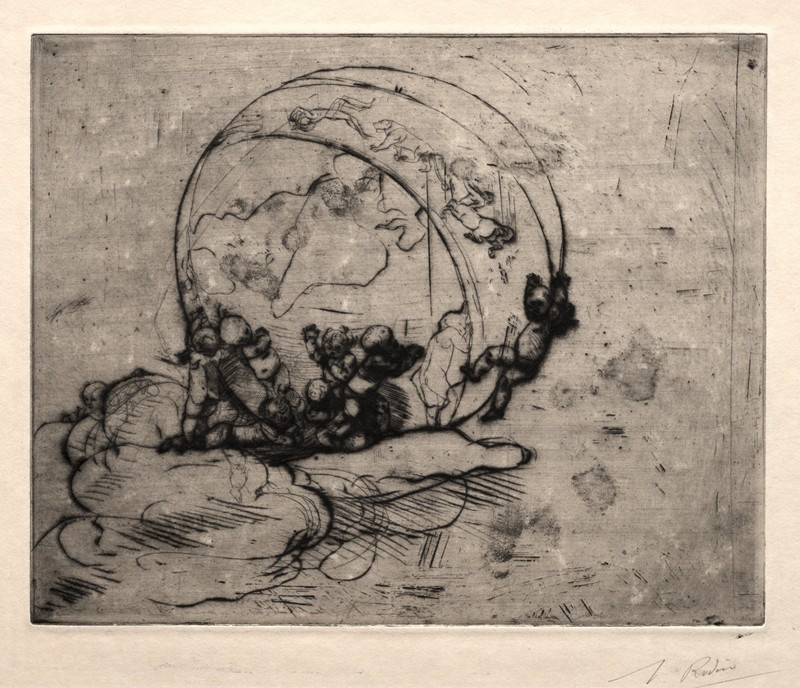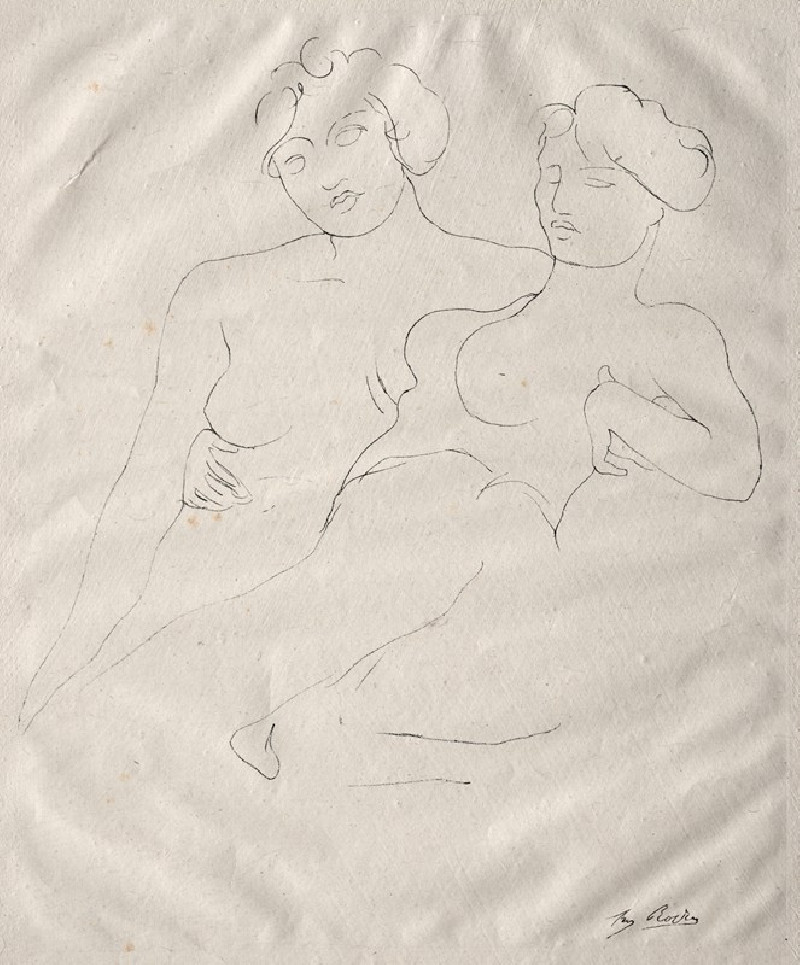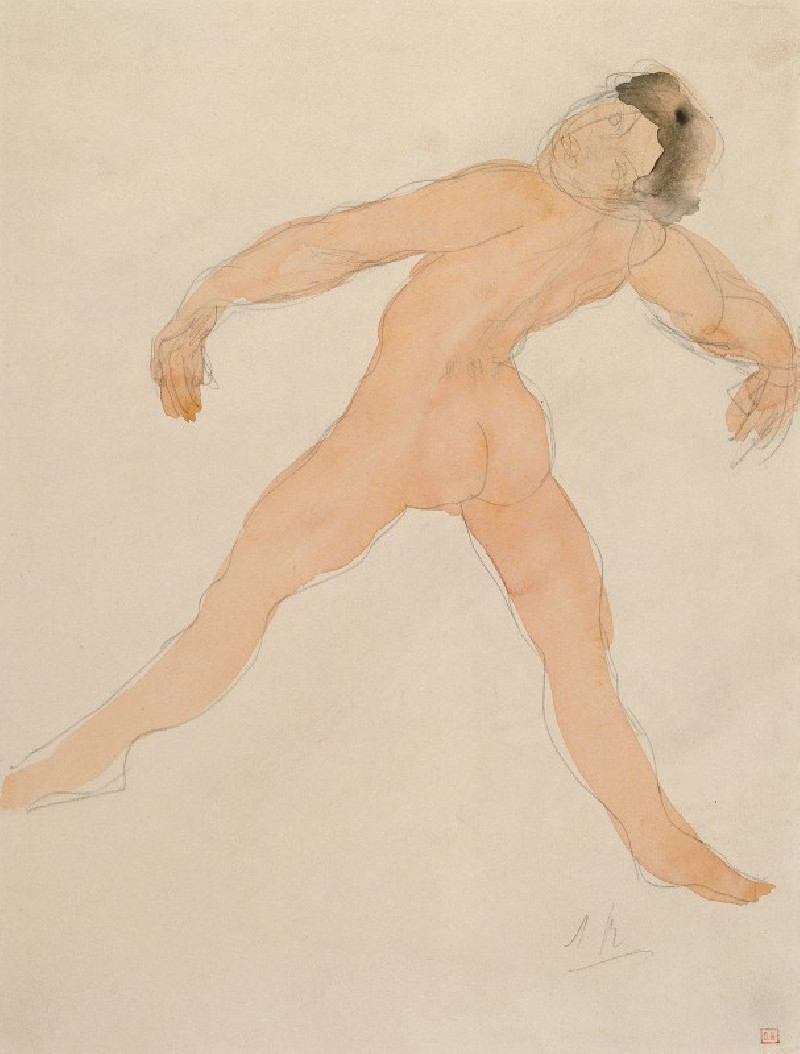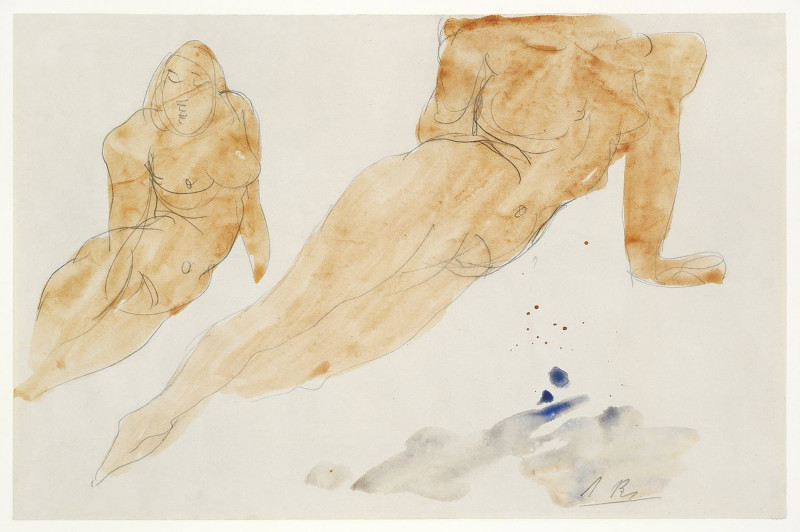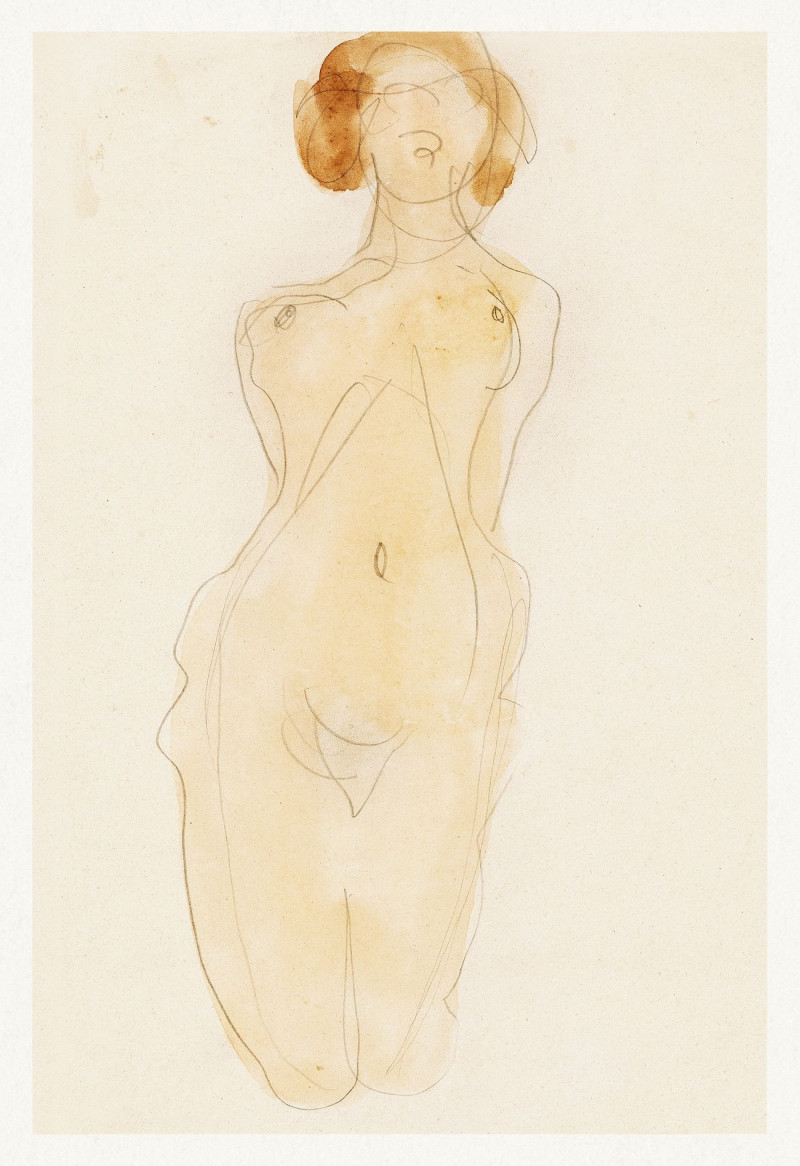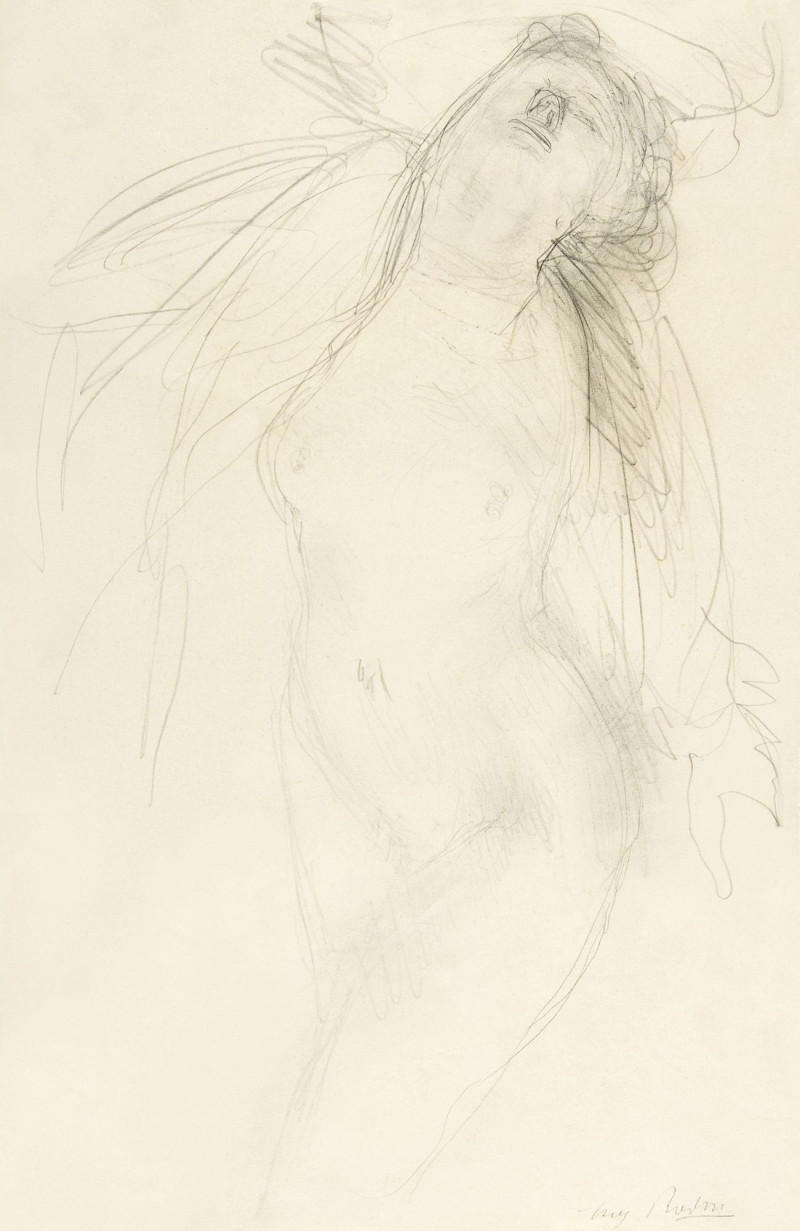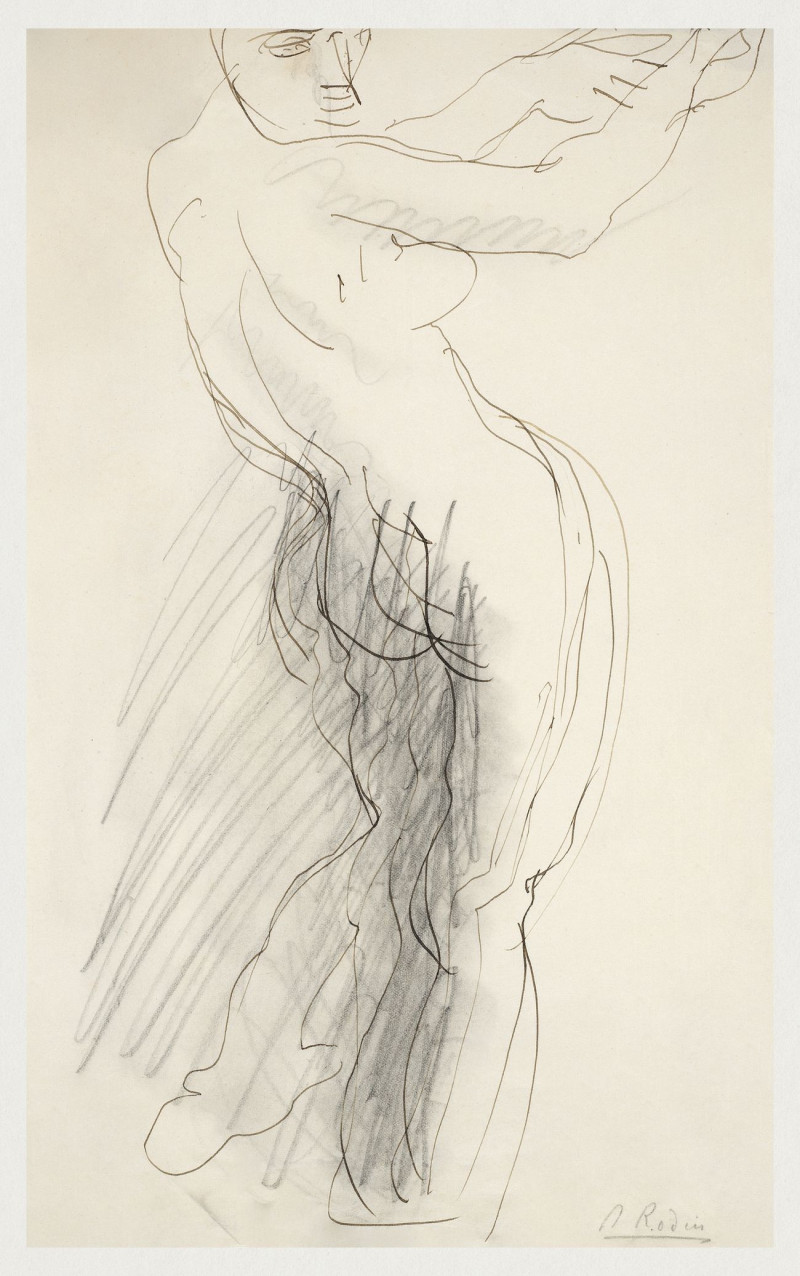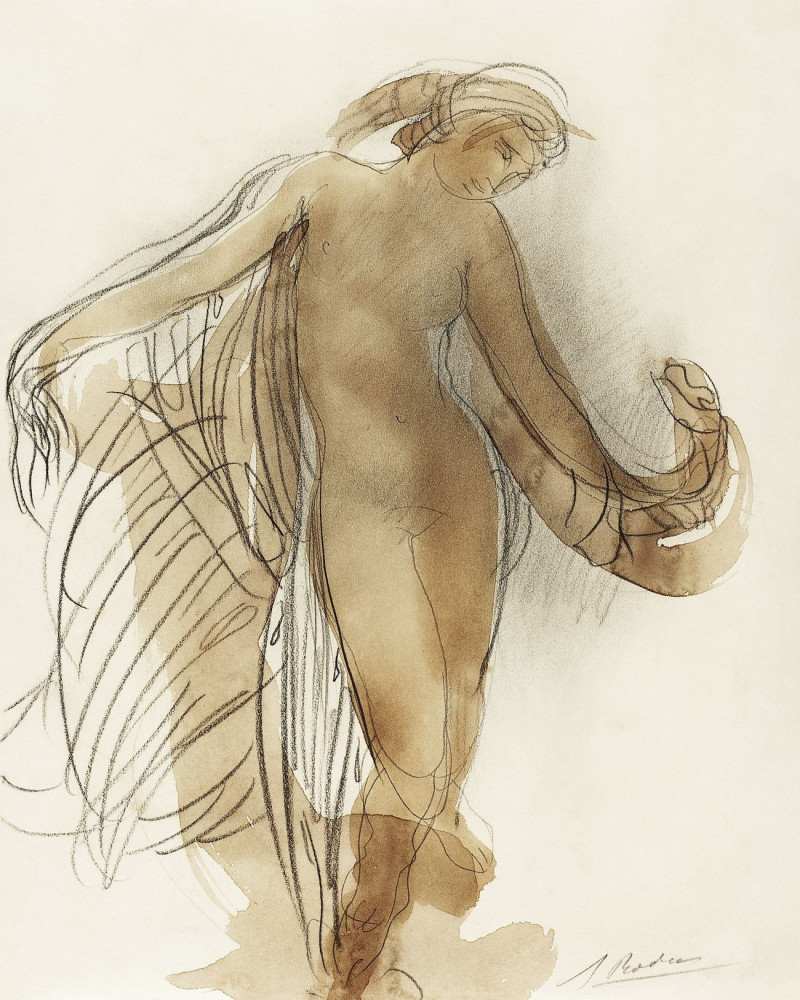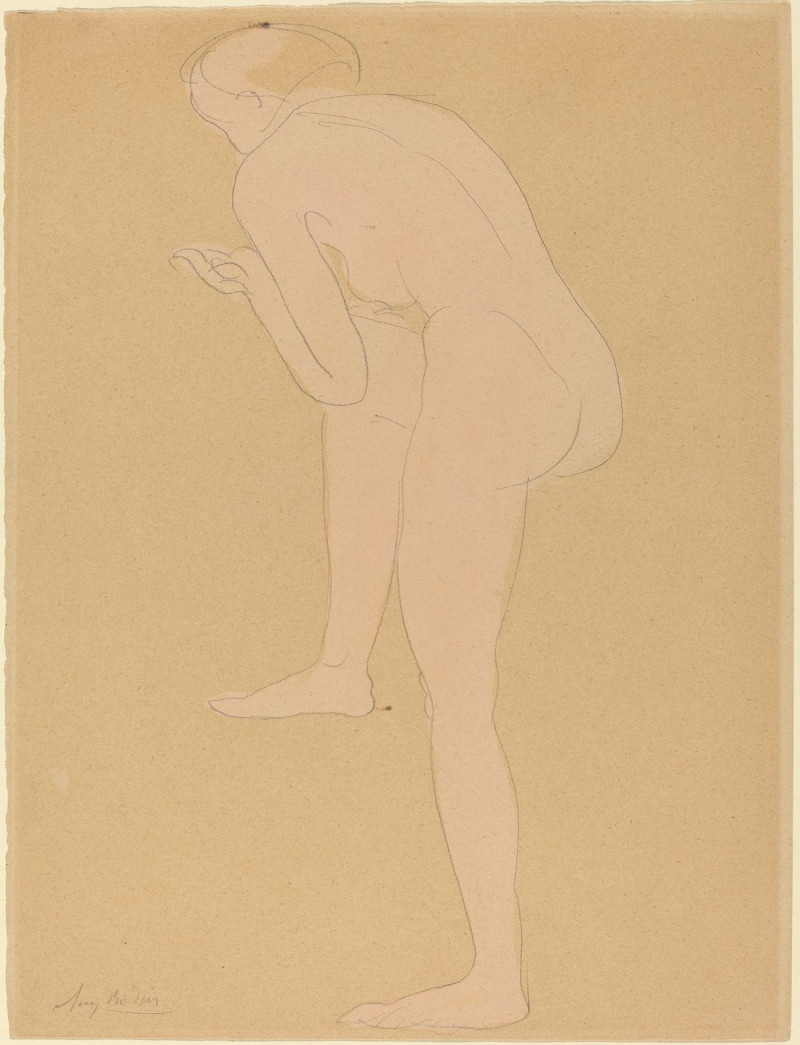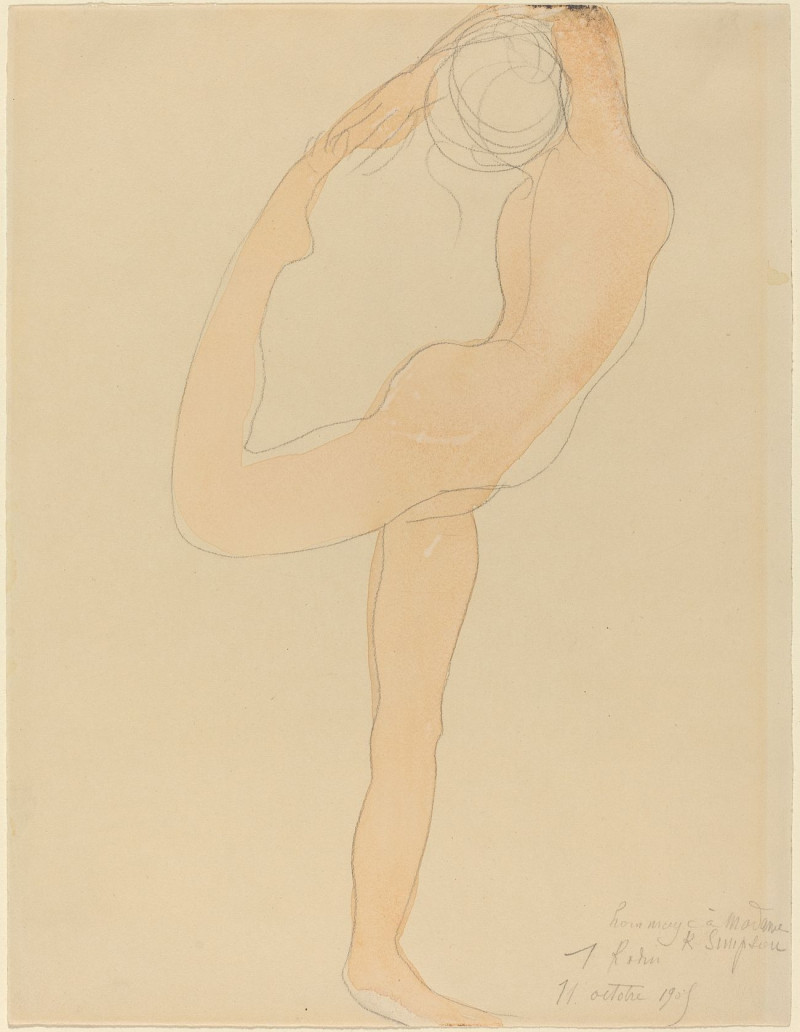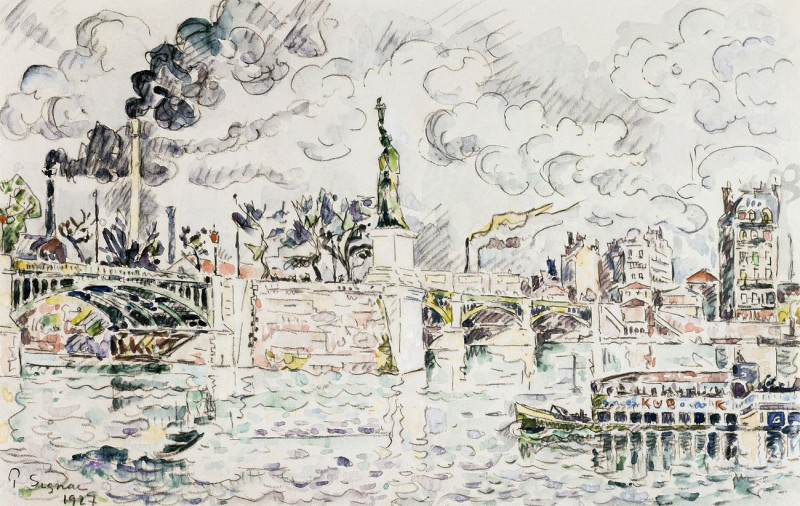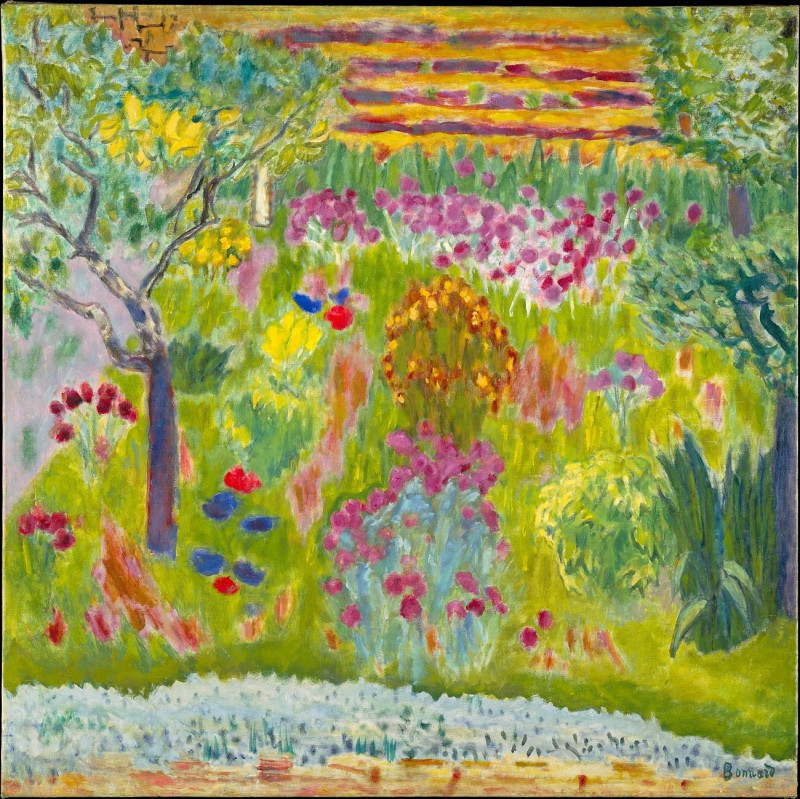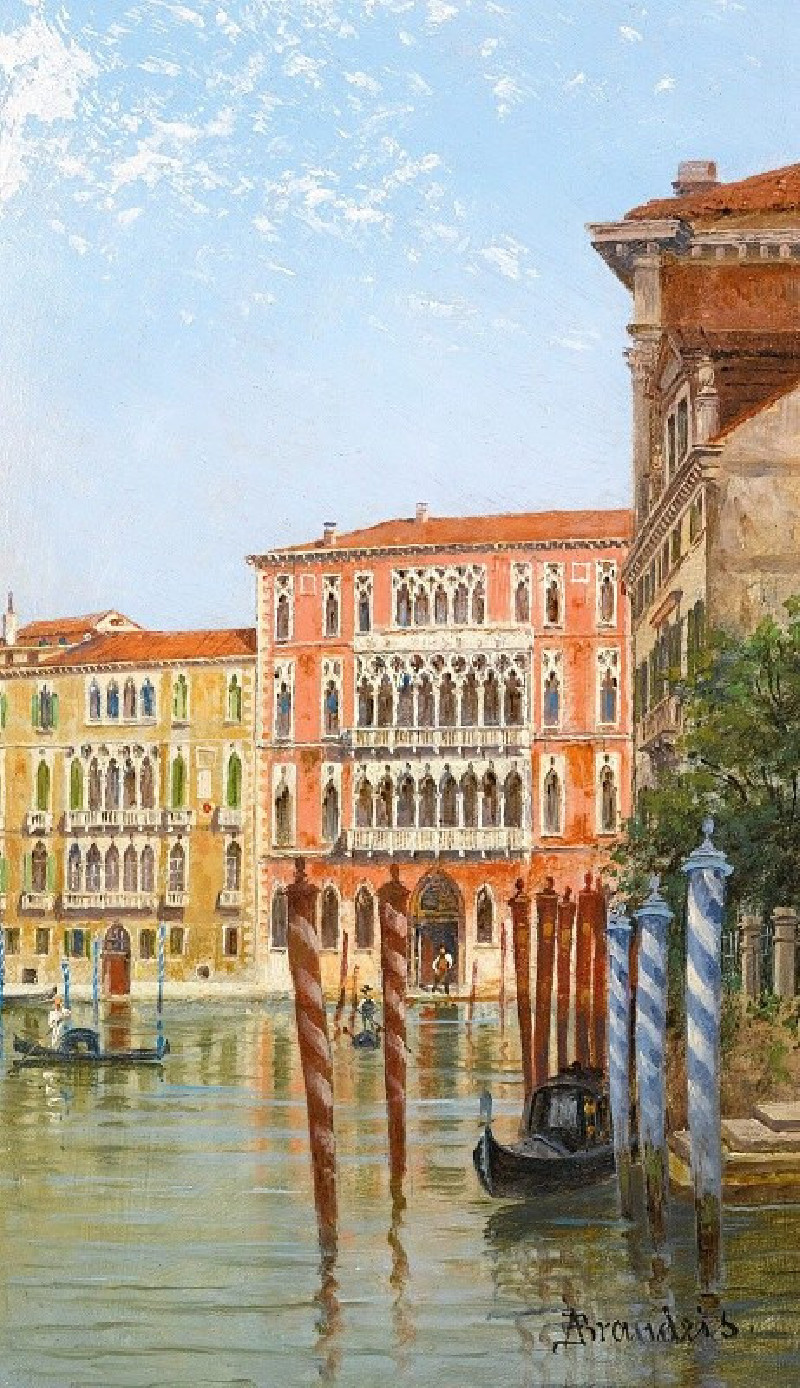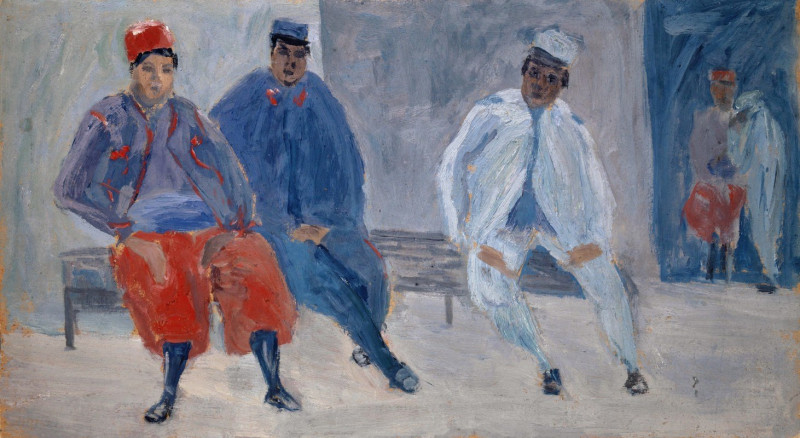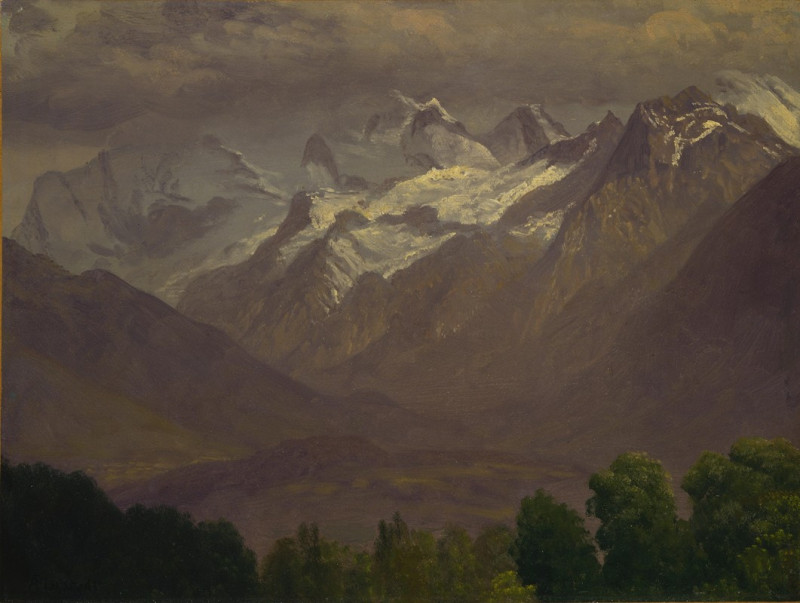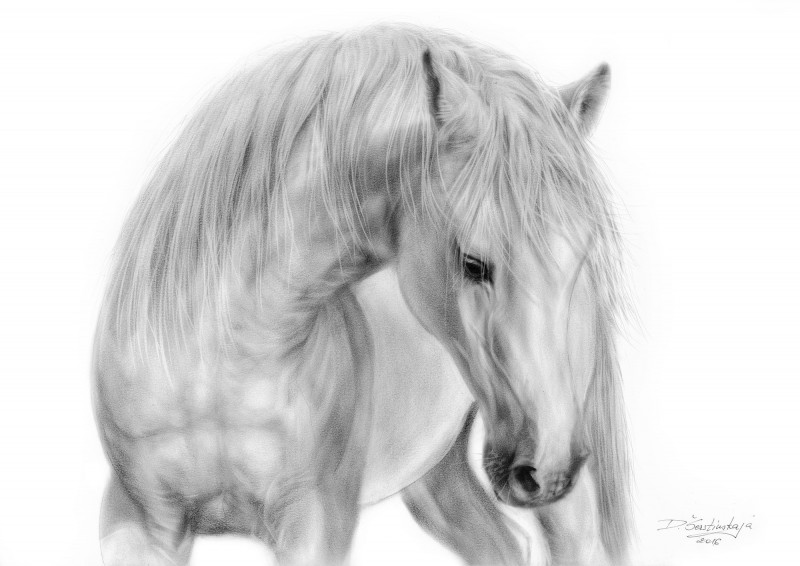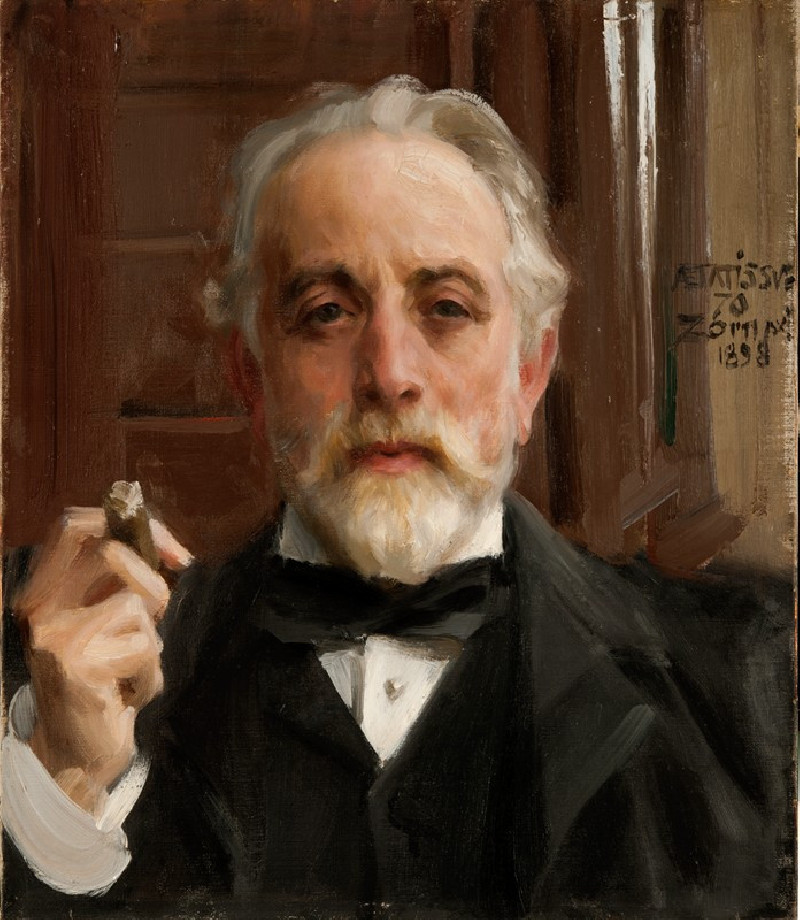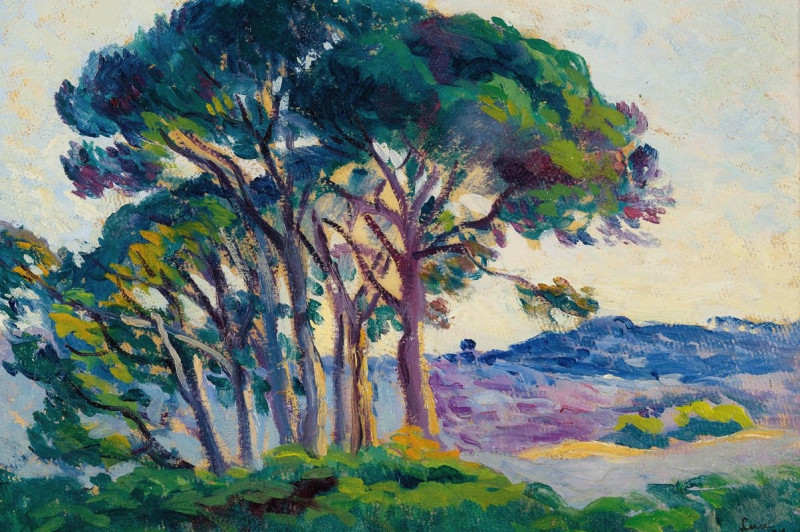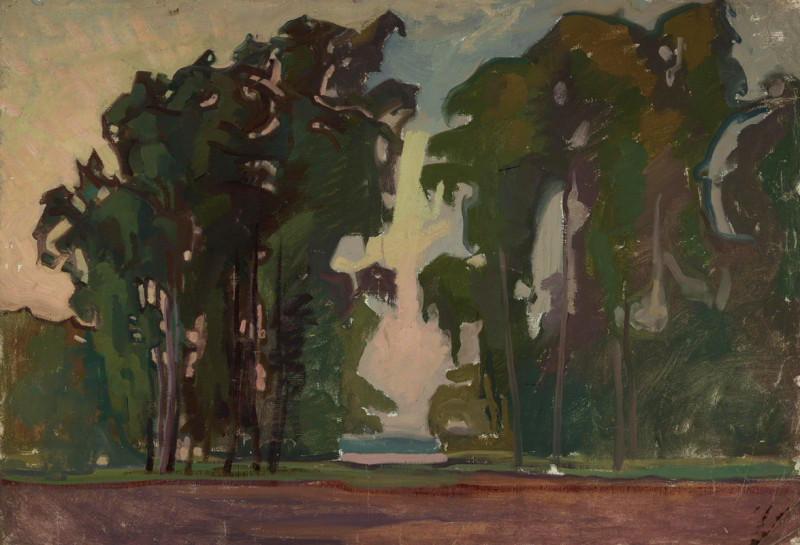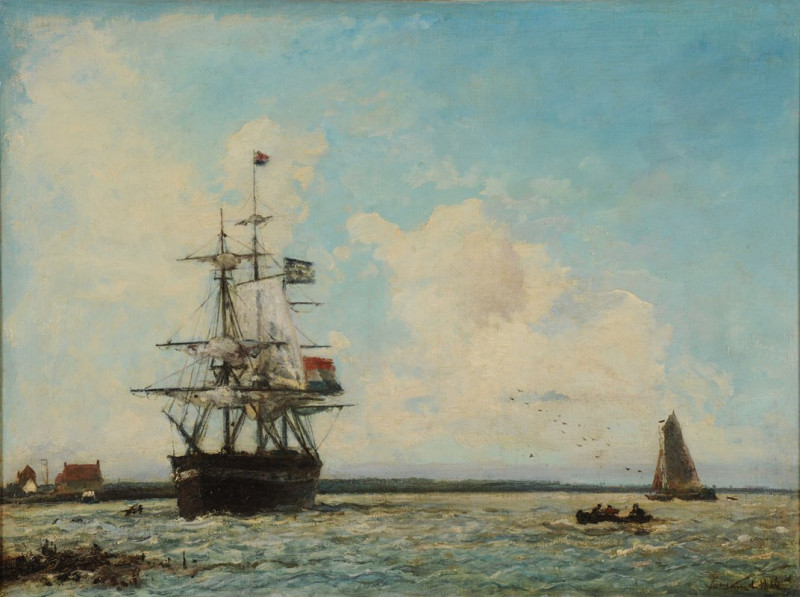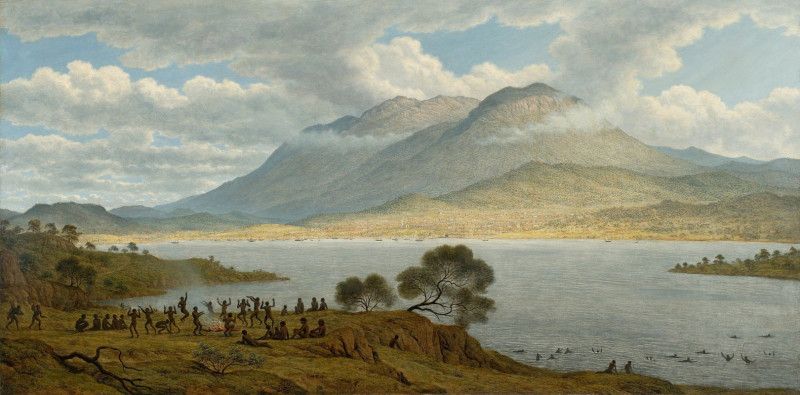Ugolino and his Sons (1880–85)
Technique: Giclée quality print
Recommended by our customers
More about this artwork
Auguste Rodin's powerful sketch "Ugolino and His Sons" from 1880-85, offers a gripping glimpse into the tragic tale of Count Ugolino della Gherardesca, immortalized in Dante's "Inferno". This artwork captures the devastating moment of despair and hunger that Ugolino and his children endured while imprisoned.The sketch itself is drawn with a raw intensity that communicates the emotion and turmoil of the scene. It depicts Ugolino with a pained expression, surrounded by his weak and suffering sons. Their bodies twist and intertwine in a mixture of despair and resignation, encapsulating a poignant moment of suffering and familial bonds.Rodin’s choice of loose, urgent strokes enhances the feeling of desperation and movement, as if capturing the last throes of endurance. His masterful use of line articulates not only the physical forms but also the intense emotional states of the figures.
Delivery
Returns
Rodin was born into a poor family. After earning a living through sculpting decorative stoneworks, he entered art school. He then applied a craftsman-like approach to his work and modeled the human body with the naturalism that latterly became his unique style. Considered as the founder of modern sculpture, Rodin's original works clashed with predominant figurative sculpture from traditional themes of mythology and allegory since he celebrated individual human physicality.

